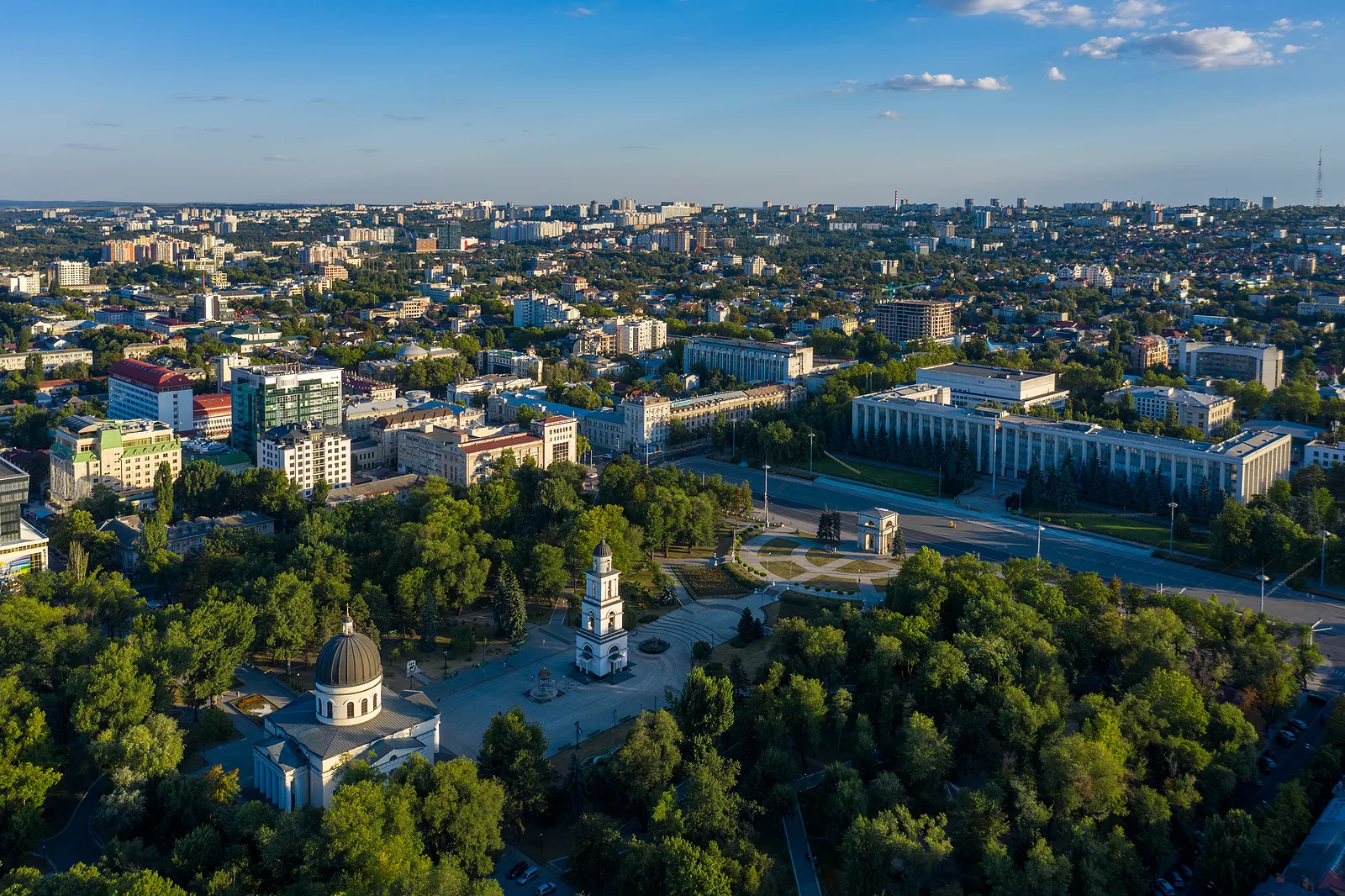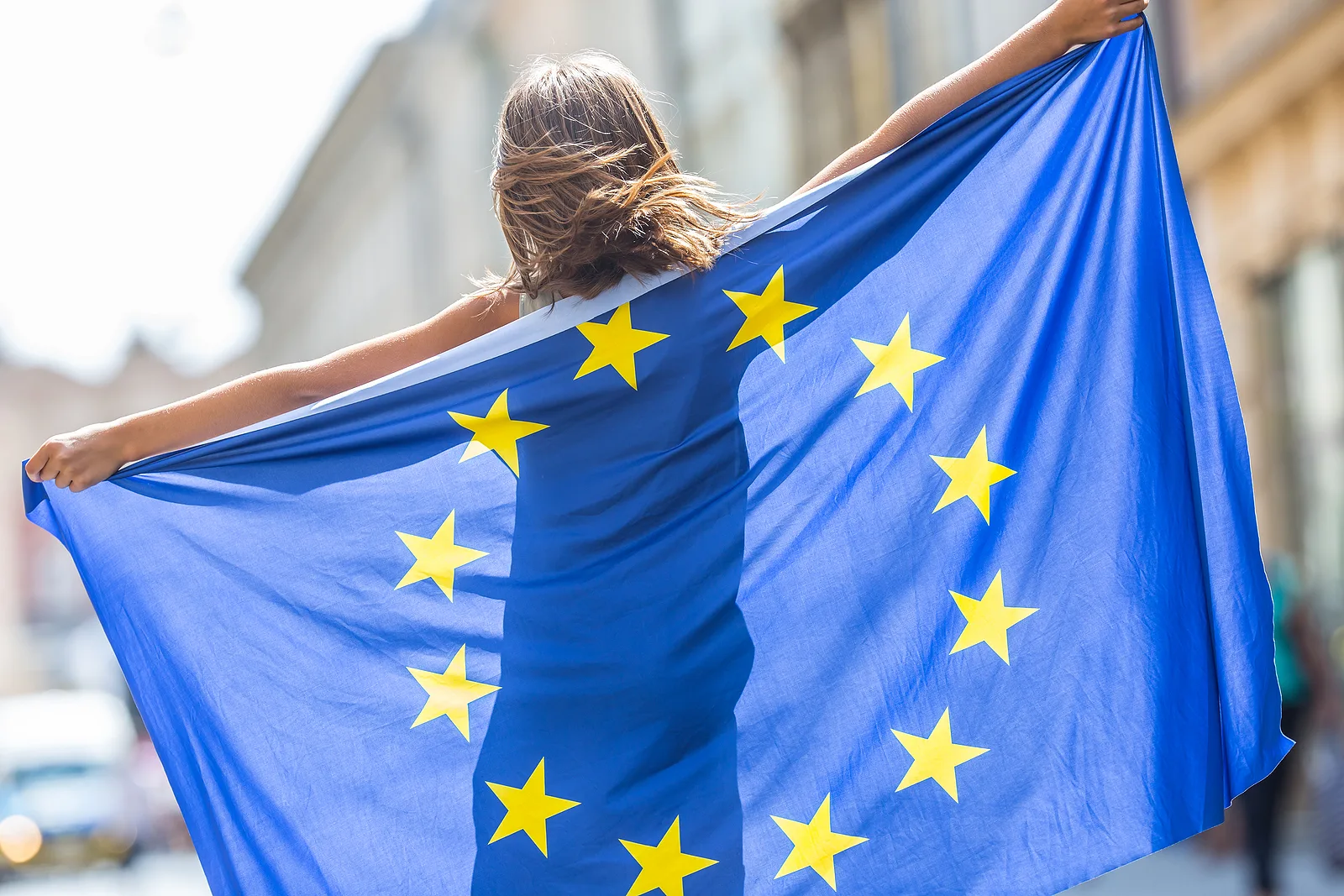No overview of Bosnia and Herzegovina’s economy can begin in earnest without a look at the country’s achingly complicated political landscape, not least the 1995 Dayton Agreement that ended the Bosnian War and which has by and large kept the peace in the still divided country for almost three decades.
The Dayton Agreement split Bosnia and Herzegovina into two entities—a Serb-majority Republika Srpska and the Federation of Bosnia and Herzegovina, shared by Bosniaks and Croats—all held together by a weak central government.
Both entities have their own presidents and parliaments. An annex of the Dayton Agreement serves as the country’s constitution and established a tripartite presidency for the entire country that rotates between a Bosniak and a Croat president—elected by the joint constituency of the Federation—and a Serb president elected by Republika Srpska.
However, the highest political authority in the country is the High Representative for Bosnia and Herzegovina, the chief executive officer for the international civilian presence in the country selected by the European Union. The post is currently held by Christian Schmidt, a German.
In short, Bosnia and Herzegovina is not an easy country to govern, something that deeply impacts its economy.
In 2023, Republika Srpska passed two controversial laws, the first preventing the high representative’s decisions from being published in Republika Srpska’s Official Gazette (meaning that it does not have to heed them), and the second allowing Bosnia and Herzegovina’s constitutional court rulings to be ignored on the territory of the Republika Srpska.
In consequence, the president of Republika Srpska, Milorad Dodik, has been charged by the prosecutor’s office in Bosnia and Herzegovina with disobeying the decisions of the high representative and the constitutional court.
According to the Vienna Institute for International Economic Studies (wiiw), all of this undermines the country’s constitution and the functioning of state institutions. It may also place the economic progress of the country ‘on hold’, as political issues are again being put before economic growth, while at the same time it projects to the international community and potential investors the image of an unstable country.
The World Bank meanwhile suggests that Bosnia and Herzegovina’s key economic challenge is the imbalance of its economic model: public policies and incentives are skewed toward the public rather than the private sector, consumption rather than investment, and imports rather than exports.
“The country needs to shift to a business environment conducive to private investment that supports both vibrant small and medium-sized enterprises and the growth of larger companies, facilitates export performance and productivity improvements, and generates much-needed private sector employment,” says the Bank.
‘Economic performance below potential’
Made an EU candidate in December 2022, in December 2023 the European Council agreed to open accession negotiations with Bosnia and Herzegovina once the necessary degree of compliance with the membership criteria is achieved.
When this will be is anyone’s guess. In its annual report looking at Bosnia and Herzegovina’s suitably for EU accession, the European Commission warned in November 2023 that the country remains at an “early stage” of establishing a functioning market economy, and that cooperation and coordination of economic policymaking at state level and among the entities “have further deteriorated”—a clear indication that the country’s economy will be difficult to develop further while the current political status quo remains in place.
Indeed, the report was scathing in part, declaring that the country’s internal market remains fragmented, adversely affecting the business environment.
“Unemployment remains very high and labour out-migration persists. The country’s Economic Reform Programme (ERP) continues to be of poor quality and implementation of reforms is limited. The ERP does not contain sufficient credible countrywide measures to address the major structural economic challenges in relation to the business environment, the informal economy, public enterprises, the green and digital transitions, and unemployment.
“Overall, Bosnia and Herzegovina’s economic performance remains below its potential, as policymaking is hindered by political stalemate, an overly short-term approach, and lack of focus on policy measures to build growth.”
It remains to be seen if the country will be able to make full use of the EU’s latest Growth Plan for the Western Balkans, launched in November with the aim of bringing some of the benefits of membership to the region in advance of accession, boost economic growth and accelerate much needed socio-economic convergence.
It is also aimed at boosting economic integration within the Western Balkans through the Common Regional Market, based on EU rules and standards, which could potentially add 10 per cent to the economies of the six Western Balkans countries.
The Growth Plan also makes available a new six billion euros Reform and Growth Facility, although payments will happen only after the fulfilment of agreed reforms.
It’s not all bad news
Bosnia and Herzegovina’s economic snapshot is all bad news, however. The country enjoyed relatively strong growth of 4.05 per cent in 2022, although this fell significantly in 2023 to 2.1 per cent. The outlook for 2024 is again modest, with growth of around 2.9 forecast. Inflation fell in 2023 from a high of 14.1 per cent year-on-year in January to just over two per cent by the end of year.
Hope comes from the level of foreign direct investment which while remaining modest in absolute terms (661 million US dollars in 2022, according to UNCTAD), has been increasing at a steady pace in recent years.
Bosnia and Herzegovina offers investors low levels of corporate taxation, several well-developed industrial zones, a solid banking sector and a strategic location. The country is well endowed with natural resources, providing potential opportunities in energy (hydro, wind, solar, along with traditional thermal), agriculture, timber, and tourism.
There is also enormous potential in the IT sector, which offers some of the highest salaries in the country and which should be a priority for the authorities as they attempt to bring down the rate of outward migration.
However, a look at the most recent Emerging Europe IT Competitiveness Index is proof of just how much work the country still has to do. Bosnia and Herzegovina ranked last of all 23 countries in the region, below Azerbaijan.







